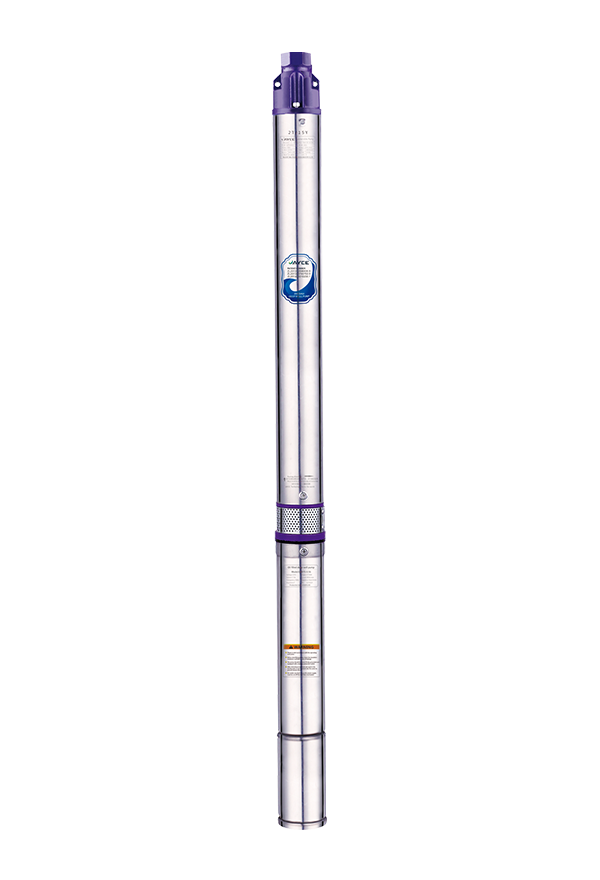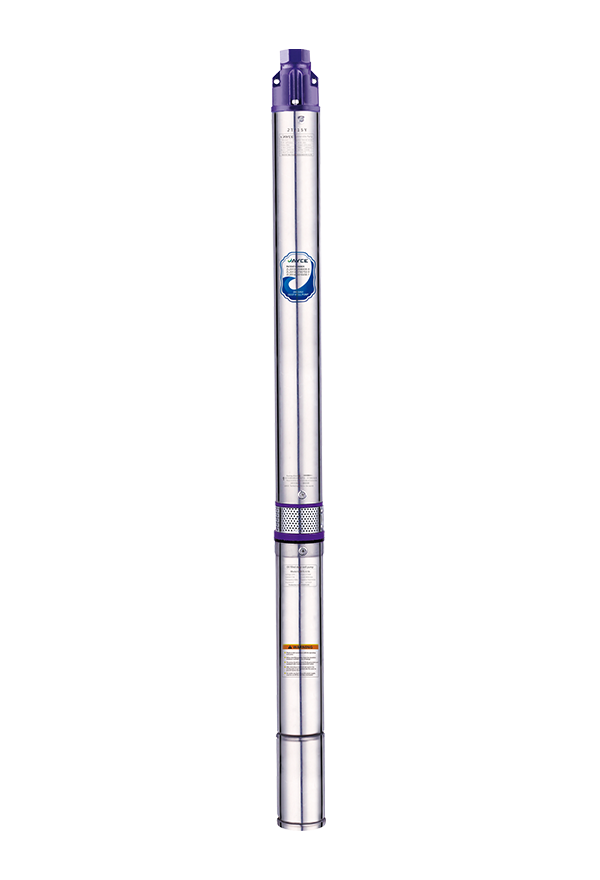Supply Cheap High Volume 240 Volt Submersible Water Pumps Exporter
Precision engineering plays a pivotal role in shaping the reliability and efficiency of 240 volt submersible water pumps, vital components in various industrial and residential applications. These pumps are engineered to operate submerged in water, efficiently transporting liquids from wells, reservoirs, or other water sources to the surface. The design intricacies of these pumps determine their durability, performance, and overall effectiveness in diverse environmental conditions.
Design Considerations
In the realm of submersible water pumps, precision engineering starts with meticulous design considerations. Engineers focus on optimizing the pump's hydraulic efficiency, ensuring small energy consumption while increasing water output. Each component, from the impeller to the motor housing, undergoes rigorous analysis to withstand corrosive environments and high pressure.
The integration of advanced materials is crucial in enhancing the longevity and performance of these pumps. Stainless steel and reinforced thermoplastics are favored for their resistance to rust and chemical degradation, ensuring a prolonged operational lifespan even in harsh underwater conditions.
Innovative Technologies
Recent advancements in technology have revolutionized 240 volt submersible water pump design. Computational Fluid Dynamics (CFD) simulations allow engineers to predict fluid flow patterns within the pump, optimizing the geometry of impellers and volutes for up to efficiency. This simulation-driven approach fewer energy losses and improves overall hydraulic performance, meeting stringent energy efficiency standards.
Furthermore, the incorporation of variable frequency drives (VFDs) enables precise control over pump speed and output, adapting to fluctuating water demands with small energy wastage. Smart sensors and IoT-enabled monitoring systems provide real-time performance data, facilitating proactive maintenance and reducing downtime.
Manufacturing Excellence
Precision engineering extends into the manufacturing process, where advanced machining techniques ensure dimensional accuracy and repeatability of critical components. CNC machining centers mill intricate parts with micron-level precision, maintaining tight tolerances essential for seamless assembly and operation.
Assembly processes are equally critical, demanding meticulous attention to detail to prevent leakage and ensure structural integrity. Each pump undergoes rigorous quality testing, including pressure and performance assessments under simulated operating conditions, guaranteeing reliability before deployment.
Environmental Impact
The environmental impact of 240 volt submersible water pumps is a growing concern within the industry. Manufacturers are increasingly adopting sustainable practices, from using recyclable materials in pump construction to optimizing energy-efficient designs. By reducing energy consumption and less carbon footprints, these pumps contribute to environmental conservation efforts without compromising performance.
Future Trends
Looking ahead, future trends in 240 volt submersible water pump design emphasize integration with renewable energy sources such as solar power. Hybrid pump systems that combine traditional electrical inputs with solar panels are gaining popularity, offering off-grid solutions for remote locations. Advances in material science may advance to the development of even lighter and more durable pump components, further enhancing efficiency and reliability.
Market Adaptation and Challenges
The market for 240 volt submersible water pumps continues to evolve alongside technological advancements. Manufacturers are increasingly focusing on customization options to meet specific application requirements across agricultural, industrial, and residential sectors. Customizable features such as pump size, flow rate, and material composition allow for tailored solutions that optimize performance in diverse environments.
However, the industry faces challenges, particularly in ensuring universal compatibility and reliability. Variations in water quality and operational conditions necessitate robust testing protocols during product development. Manufacturers invest heavily in research and development to enhance pump resilience against abrasion, corrosion, and sediment buildup, factors that can significantly impact long-term performance.
Regulatory Landscape
In parallel, stringent regulatory standards drive innovation in 240 volt submersible water pump design. Compliance with international directives ensures product safety, efficiency, and environmental responsibility. Manufacturers collaborate with regulatory bodies to certify adherence to standards such as ISO 9001 for quality management and ISO 14001 for environmental management, underscoring their commitment to sustainability and customer trust.
Emerging Technologies
Emerging technologies such as artificial intelligence (AI) and machine learning promise to further revolutionize 240 volt submersible water pump design. AI-driven predictive maintenance systems analyze operational data in real time, preempting potential failures and optimizing maintenance schedules. This proactive approach less downtime and extends the pump lifespan, offering cost-effective benefits to end-users.
Additionally, advancements in sensor technology enable enhanced monitoring of pump performance metrics such as temperature, pressure, and energy consumption. Real-time feedback allows for immediate adjustments to operational parameters, ensuring good efficiency under varying load conditions.
Global Adoption and Expansion
The global adoption of 240 volt submersible water pumps continues to expand, driven by increasing urbanization and infrastructure development. Emerging markets in Asia-Pacific and Latin America present lucrative opportunities for market penetration, spurred by rising agricultural and industrial activities. Manufacturers leverage strategic partnerships and distribution networks to capitalize on these growth opportunities while maintaining high standards of product quality and customer support.
In conclusion, precision engineering remains at the forefront of 240 volt submersible water pump design, underpinning reliability, efficiency, and environmental stewardship. As technology advances and market demands evolve, manufacturers are poised to deliver innovative solutions that address diverse application needs while adhering to regulatory requirements. With a steadfast commitment to excellence and sustainability, the industry is set to propel forward, meeting global water management challenges with cutting-edge solutions that ensure reliable access to clean water resources worldwide.

 English
English bahasa Indonesia
bahasa Indonesia




.png)
.png)
